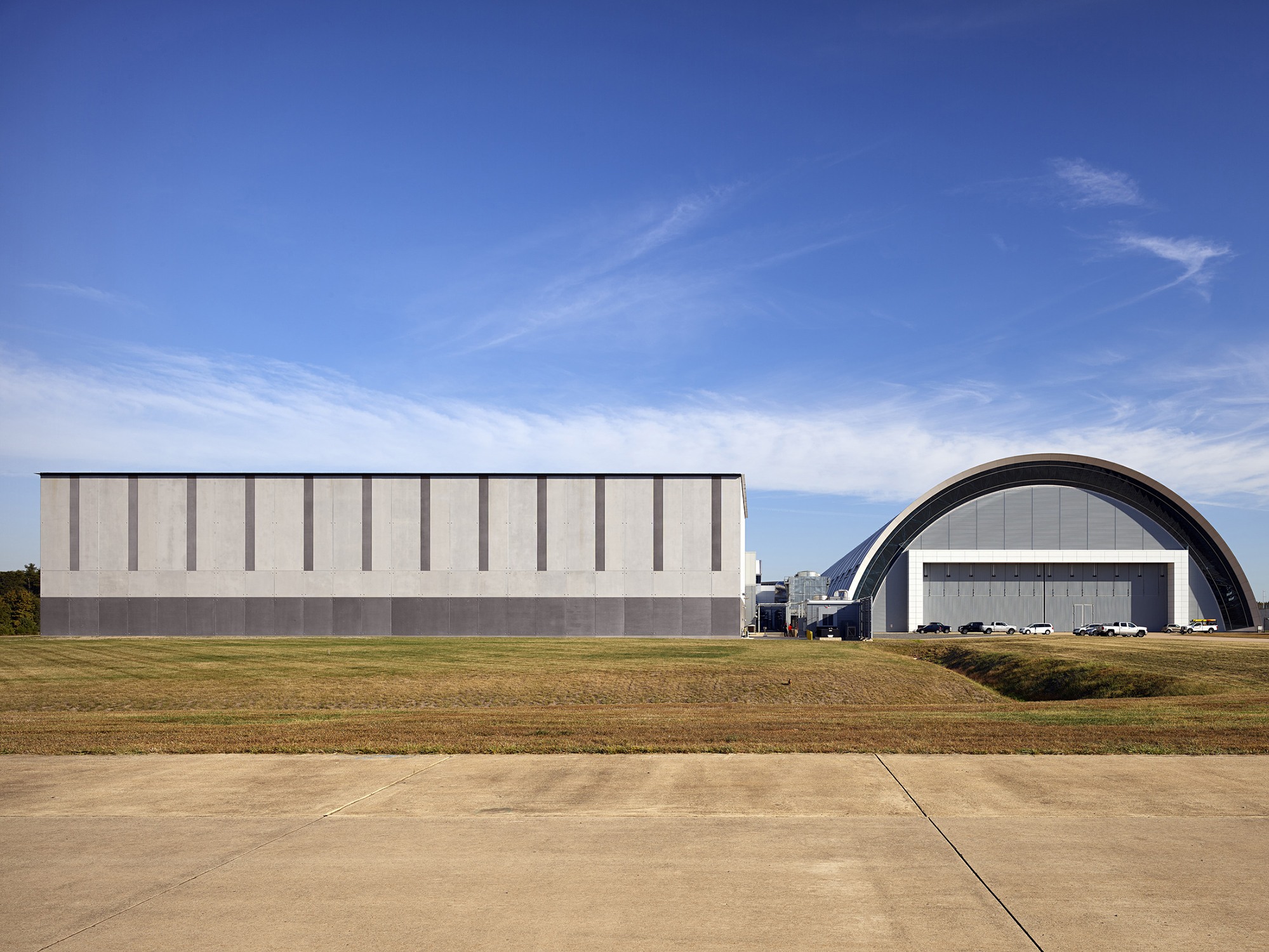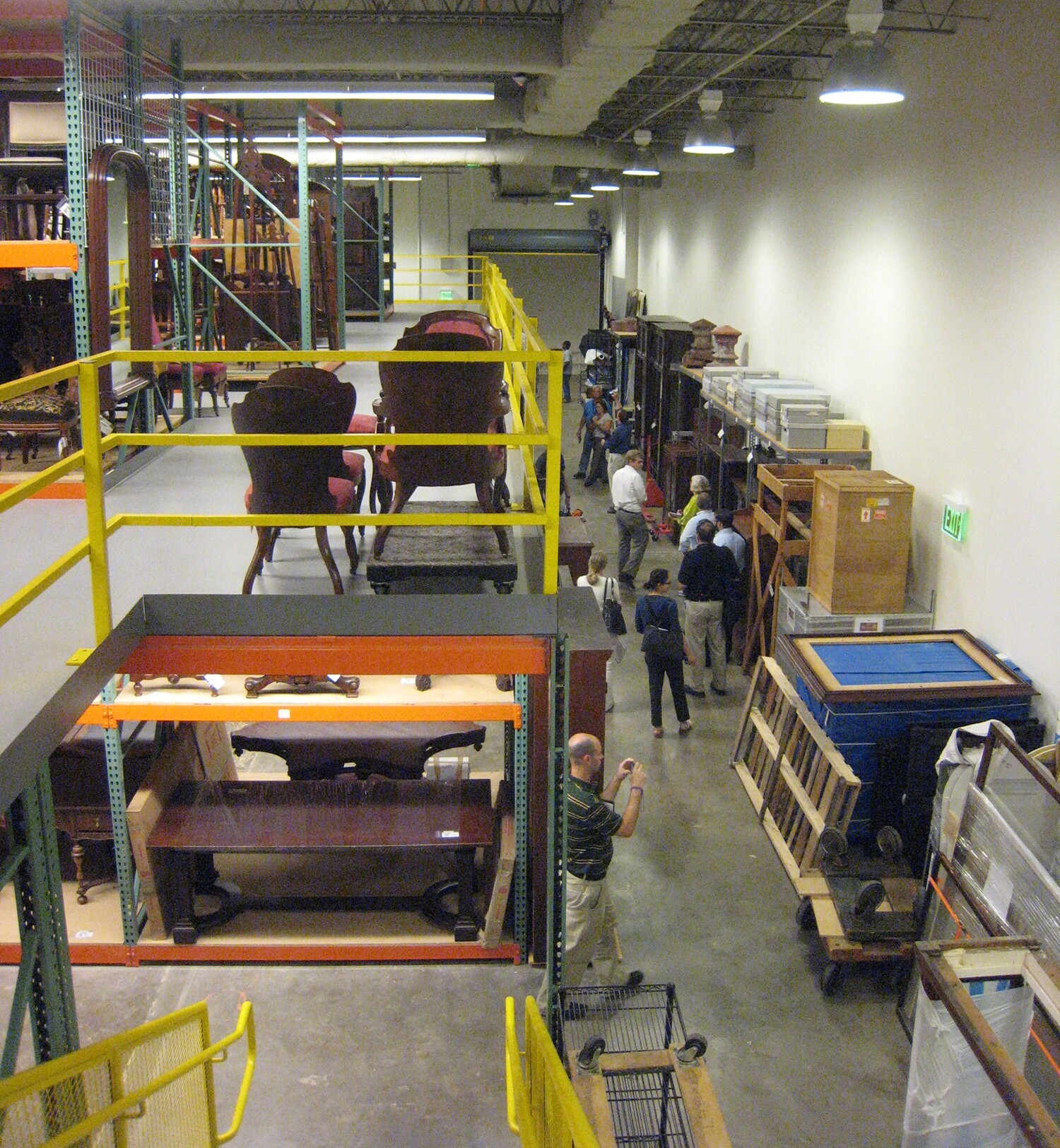This site uses cookies – More Information.
Collections Space Framework Plan

Collections space must provide secure, precisely maintained environmental conditions to safeguard irreplaceable objects. It must be sufficient and well-designed to ensure access for experts and the public alike — now and in the future. The Smithsonian’s unrivaled collections of 138 million objects and specimens, two million library volumes, and 157,000 cubic feet of archival material are constantly growing. Ayers Saint Gross engaged in a Collections Space Framework Plan to help the institution safeguard these collections for current and future generations.

Gathering Data About Collections Space
The first phase of work studied all collection space, noting key features such as location, size, use, and capacity to meet essential criteria. Information gathered led to the establishment of the Collections Space Database, the first-ever comprehensive inventory of all 1,800 collections space locations across the Smithsonian. The planning team conducted a survey to capture data about quality, current conditions, and space needs focused on preservation and access around construction, environment, fire safety, security, and collection storage equipment. This survey establishes priorities for capital planning and collections care projects and informs the need for feasibility studies and master planning.
Setting and Applying Standards
Next, the team developed a scoring method to quantify survey data and, in turn, created a grading system for all 1,800 locations. Locations were ranked according to three categories, from optimal to unacceptable. The categories were measured against factors of environmental conditions, safety and security and storage equipment standards.


Identifying Needs
To catalog and analyze site-specific challenges and needs, the planning team interviewed representatives of all Smithsonian museums and facilities that maintain collections. They requested estimates of anticipated future growth and drilled down into the information gathered in surveys about the quality, density, and utilization of storage equipment, enabling new insights about conditions that can impede access to collections.
Here was the foundation on which to begin planning in a proactive, cost-effective manner, and the starting point for assessing space moving forward — consistently and always through a pan-institutional lens.

Findings and Strategies
While indicating progress and the value of pan-Institutional collaboration, these findings also suggest that the Smithsonian must elevate its overall commitment to collections space, including an integrated approach to capital planning (i.e., renovating existing collections space and building new space). Findings included adding collections space to achieve the best possible collections care and management; the upgrade of existing collections space to support preservation and accessibility; and the sharing of facilities and resources resulting in more efficient and effective operations.
The Smithsonian also designed a set of strategies to improve collection space and address overall needs. These strategies, along with the tactical recommendations, led directly to the development of the design prototypes. Some of the strategies included customizable standards-driven collections solutions; anticipating growth of collections; reducing reliance on leased spaces and updating internal policies to reinforce the importance of excellence collections space.

Design Prototypes
Strategies alone are not enough. The team created three conceptual design prototypes to support recommendations and serve as adaptable models for future projects. Object size was the primary organizing factor because it affects the type of construction, the collections handling methods that each design prototype must accommodate, and the choice of storage equipment.
For example, the large object prototype provides new construction for efficient high-bay collections storage of primarily large, oversized objects requiring wider structural spans and greater load capacity for associated heavy-duty storage and handling equipment. The prototype allows for phased construction and incorporates centralized loading facilities and a utility plant. It also has a sustainable design that can efficiently maintain highly controlled interior environmental conditions.
Implementation of the Collections Space Framework Plan will strengthen Smithsonian collections stewardship — ensuring the long-term preservation and accessibility of Smithsonian collections.
